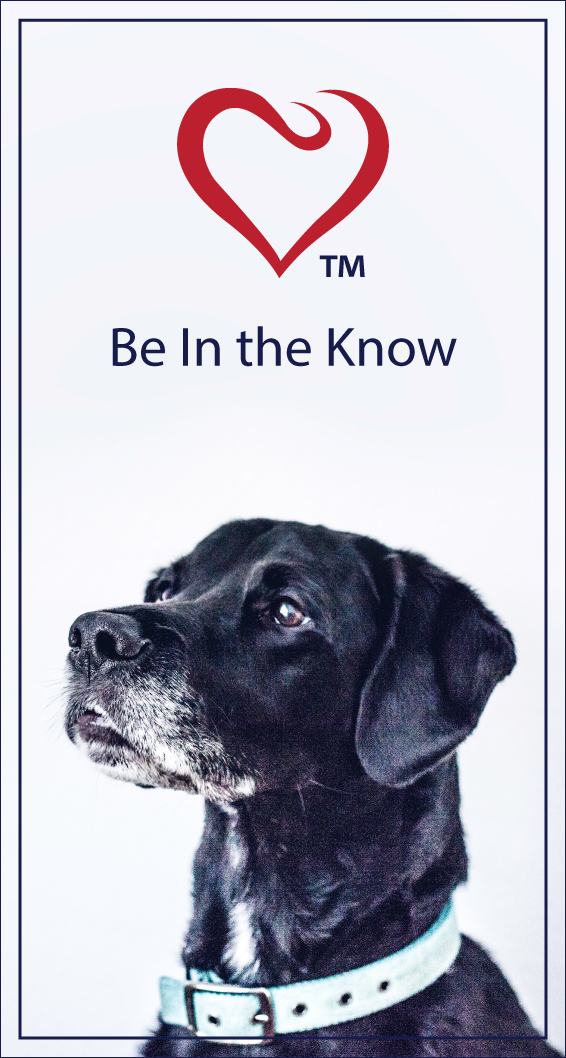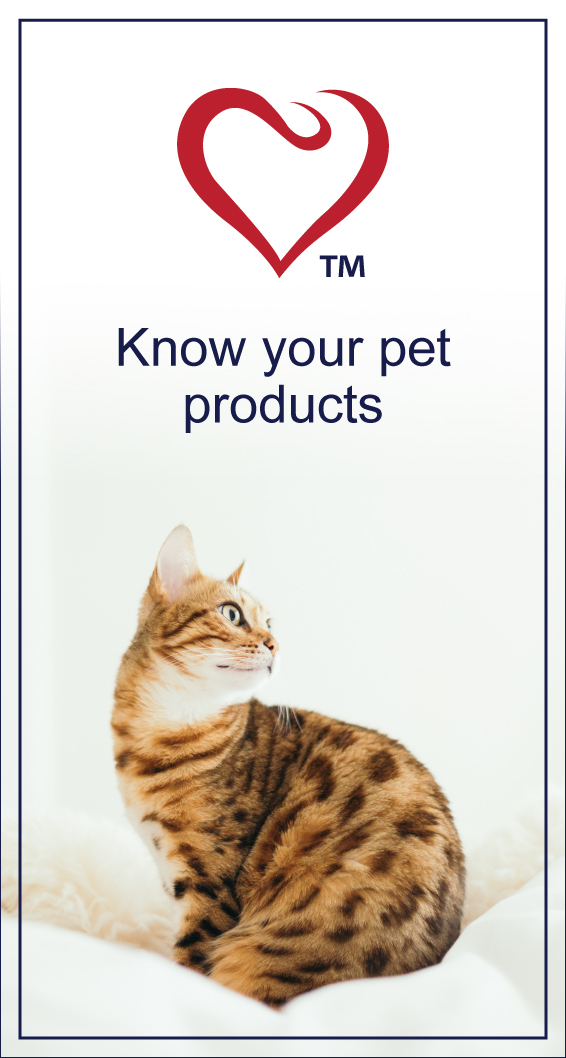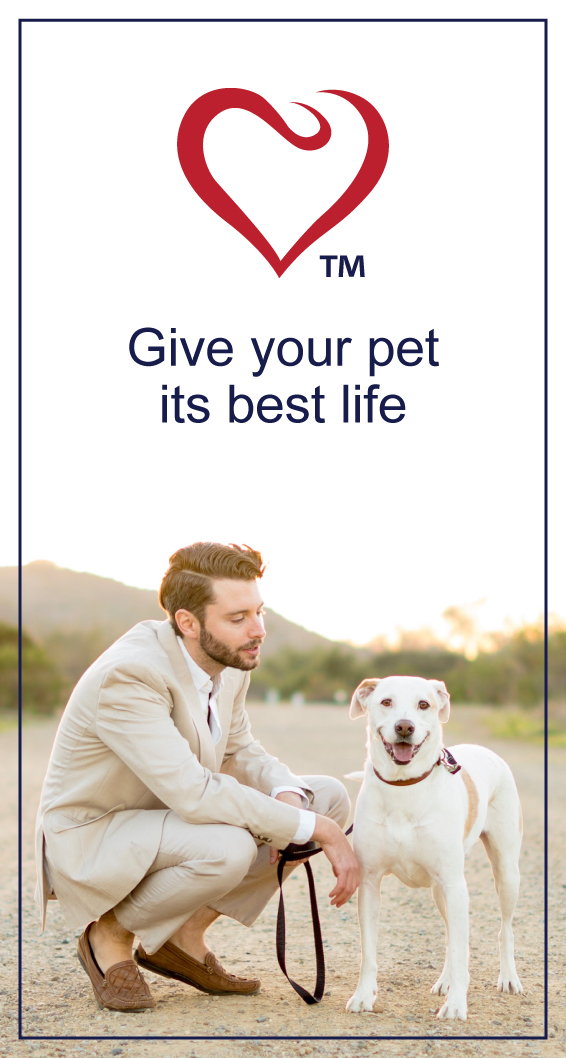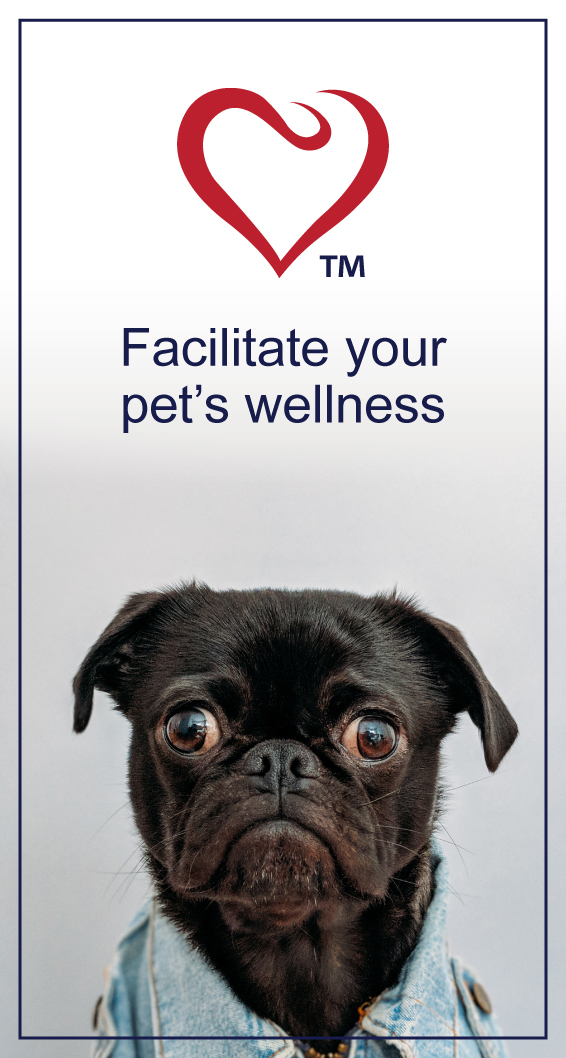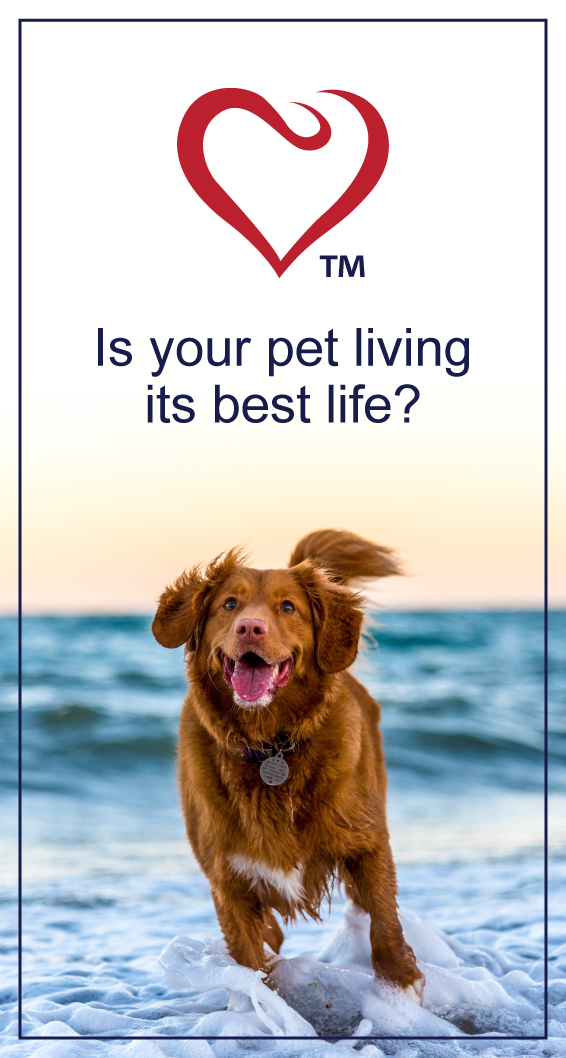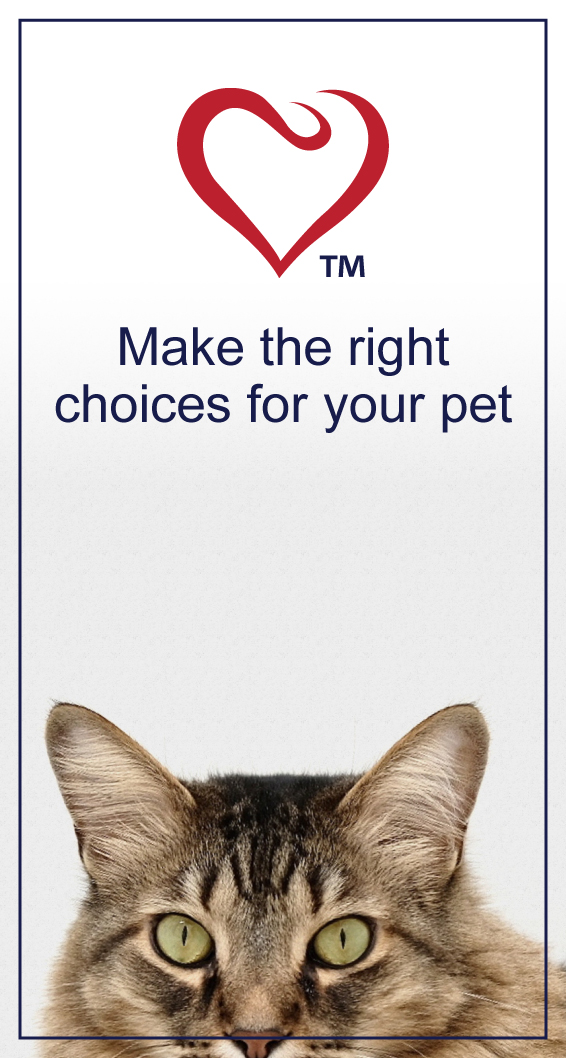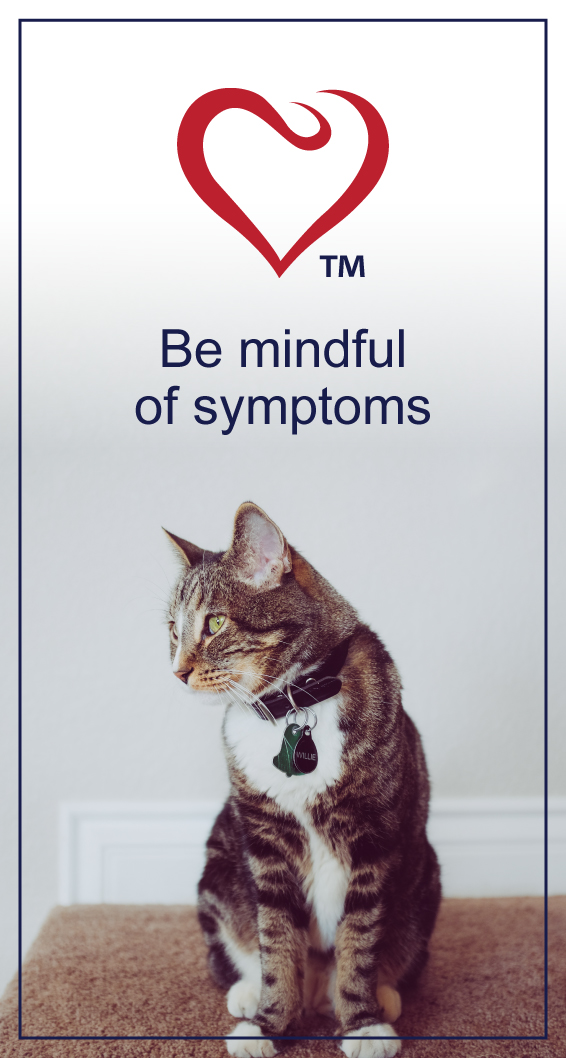HEALTH & WELLNESS

TRENDING
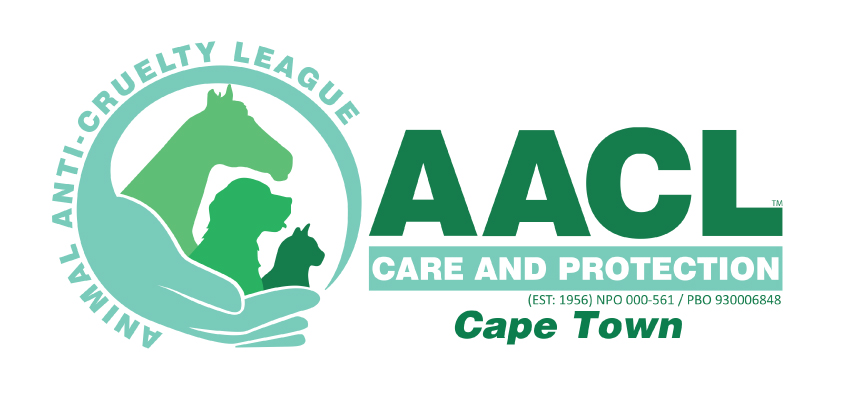
We’re excited and honoured to feature South Africa’s second largest independent animal welfare organisation on PetlifeSA.
Caring For Your Dog’s Ears

Dogs’ ears are highly vulnerable to infections and pests.
The good old-fashioned advice that an ounce of prevention is worth a pound of cure applies very much to this aspect of canine care. One of the primary sources of irritation and subsequent infections is Otodectes cynotis, the ear mite.
MITES
This critter is an almost invisibly small (less than 2 mm) parasite that inhabits the ear canals and the surrounding skin. Fortunately, they choose to live on the skin surface where they find their food and, unlike several other mite species, do not penetrate the skin. Nonetheless, they make their presence known by causing the poor pup endless misery from the itching and other irritations.
If you notice your dog pawing at his ears or shaking his head frequently, it may be an ear mite infestation that needs attention. Luckily, treatment is simple, safe, and easily obtained. Your local veterinarian or pet shop will have the necessary therapeutics in stock or will know where to get them.
The prevention of ear mite infections requires regular flea and tick prophylactics or an ear cleaning routine with one of the many specially formulated cleansers available in stores or online.
EAR INFECTIONS IN DOGS (OTITIS EXTERNA)
Mites are not the only problems that can affect dogs’ ears. Because they are furry and floppy and have an L-shaped canal that holds moisture, they are perfect traps for every kind of microbe, spore, and germ that cares to find its way in. Of course, dogs have evolved to survive these attacks but often will experience great discomfort. The typical infections are fungal, bacterial, and viral but some are also caused by physical injury to the ear canal or its surrounds. Your healthy mutt is an inveterate and indefatigable investigator, forever sticking its head into bushes and hummocks of grass, which is healthy behaviour. Unhappily, sharp objects ranging from sticks to spiky leaves and twigs can cause abrasions in the ears and these could get infected.
If your dog enjoys swimming, the risk of fluid being trapped in the ear canal is high, and of course, this creates a perfect petri dish for many infection-causing pathogens. These can all result in a condition known as otitis externa, an infection that affects the outer ear canal.
SYMPTOMS
Otitis externa causes redness and swelling, with the ear being hot to the touch and it may be painful. As you’d expect, irritants that affect the ears can seriously discomfort your pet. This manifests in headshaking, pawing at the ears or side of the head, and general irritability. Additionally, there may be a nasty discharge from the ear canal.
MEDICATION
Thankfully, there are several remedies readily available ranging from disinfectants to anti-microbial and anti-fungal medications. But the best care starts with an inspection to determine the most likely cause. If the symptoms are extreme it’s only sensible to pay your veterinarian a visit immediately. But milder ones can be treated at home. If they haven’t cleared up within a day or three don’t delay the trip any longer. Ear infections may require antibiotics to rid your pet of the underlying causes.
PROGNOSIS
With as many as one in five dogs contracting some form of ear disease, these afflictions are not uncommon. Dealing with them is a routine medical procedure and, like taking care of dental health, doing so promptly and regularly helps avoid worse complications later.
Prevention is key
It’s a good idea to learn how to clean your dog’s ears safely. This involves knowing what to do and being confident about it. You will require a fluid e.g., a saline solution or a similar over-the-counter product. Ensuring that your pup can’t shake her way out of your grip, gently fill the ear canal with the solution and then massage the base of the ear. If there is internal buildup, it should start loosening and you may hear or feel the change in consistency. Using a piece of cotton wool, probe the ear to absorb the fluids and pick out the solids and then wipe the ear with a dog-friendly disinfectant. It’s advisable not to use a cotton bud or other rigid object because it could cause an injury if the dog reacts with a vigorous headshake.
Doing this consistently will prevent unhappy outcomes, as well as strengthen the bond between you and your beloved pet.
The advice in this post is provided for informational purposes only and is not professional medical advice. To have your pet’s condition accurately diagnosed kindly see your veterinarian.
Related Articles
